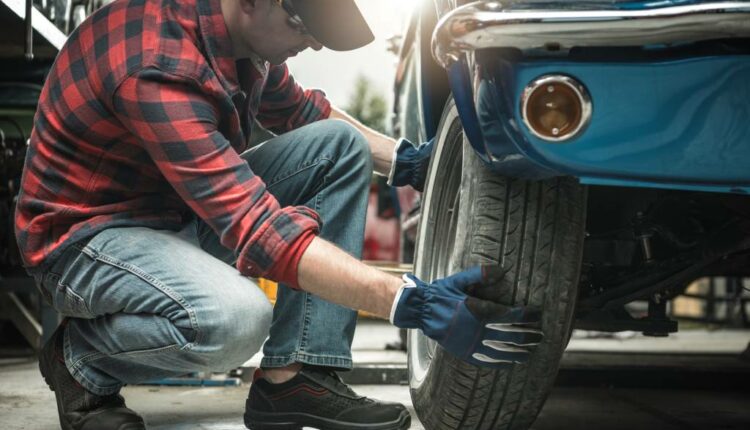Driving Dreams: Best Practices for Vehicle Restorations
A restoration project can be a fun and exciting prospect for those who love vehicles. However, it’s good to have some best practices in mind before starting.
Restoring a classic car is more than just a project. It’s a labor of love that breathes new life into automotive history. The process of vehicle restoration is both rewarding and challenging, whether you’re an experienced auto enthusiast or a passionate newcomer. These best practices for vehicle restorations offer valuable insights, practical tips, and examples to help you on your restoration journey and make your driving dreams come true.
1. Assessing Your Vehicle’s Condition
Assessing your vehicle’s condition before embarking on a restoration project is crucial. Inspect the car thoroughly to identify areas that need repair or replacement. Pay close attention to the body, engine, interior, and electrical systems. Understanding the extent of the work required will help you plan your restoration project effectively.
2. Setting a Realistic Budget
Restoring a classic car can be an expensive venture, so it’s vital to set a realistic budget. Estimate the costs of parts, labor, and any additional services you may need. It’s also wise to allocate a contingency fund for unexpected expenses that may arise during the restoration process. Restoration projects often encounter unexpected challenges, such as hidden rust or mechanical issues, so always set aside a contingency fund for unforeseen expenses.
3. Creating a Restoration Plan
A well-structured restoration plan is essential for a successful project. Outline the steps and timeline for each phase, from disassembly to reassembly. A detailed plan will keep you organized and ensure you stay on track throughout the process. Reassembling the vehicle is a meticulous process that requires attention to detail, but carefully documenting your work will make it easier to do so accurately.
4. Sourcing Parts and Materials
Finding the authentic and quality parts and materials you need is a significant aspect of a vehicle restoration’s success. Explore various sources to procure the components. Utilize online marketplaces and forums dedicated to classic cars and restoration projects. Reputable experts can provide guidance, source hard-to-find components, and offer advice on the best materials for your project.
5. Mastering the Art of Bodywork
Bodywork is a critical aspect of vehicle restoration that demands precision and skill. Properly restoring the car’s body ensures that it looks stunning and remains structurally sound. Remove all rusted areas, treat the metal to prevent further corrosion, and use techniques such as dent pulling and panel beating to achieve a smooth finish. Consider replacing severely damaged panels with new or salvaged ones.
Restoring a classic car is a fulfilling and rewarding endeavor that combines technical skill with artistic vision. Make your driving dreams come true by following these best practices for vehicle restorations and leveraging expert advice.
Get started by reading about the rise of the T-Rex DuraCoat Machine and the restoration work involved for some practical ideas. Remember, each restoration project is unique, and the journey is just as important as the destination.


Comments are closed.